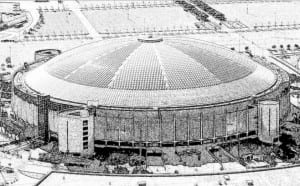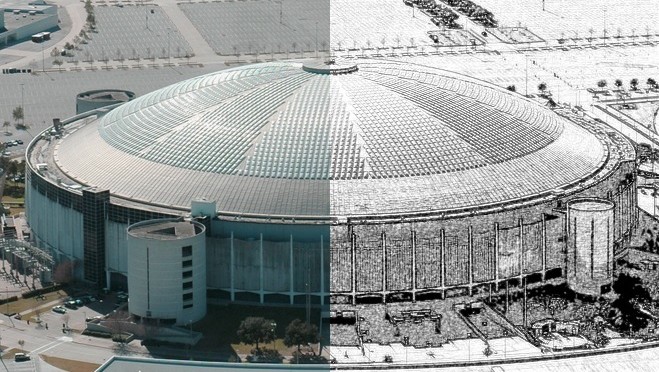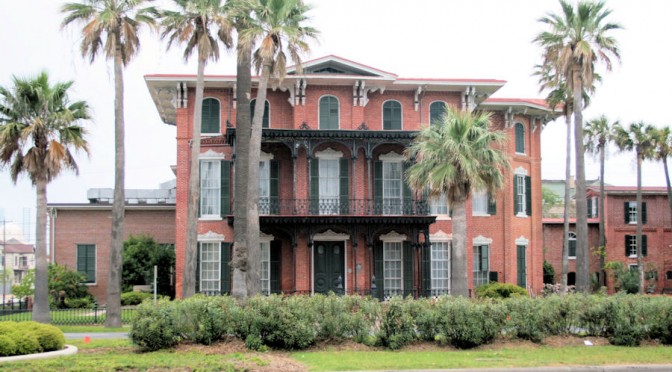 While many … Continue Reading ››
While many … Continue Reading ›› Funding Model Emerges For the Astrodome
If there's one thing Harris County voters made clear in 2013, it was this... we don't want to spend public money to save the Astrodome. And of course "we" meaning a clear majority of Harris County voters who bothered to show up for the 2013 elections.
 While many … Continue Reading ››
While many … Continue Reading ››
 While many … Continue Reading ››
While many … Continue Reading ›› 
